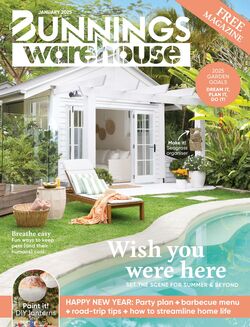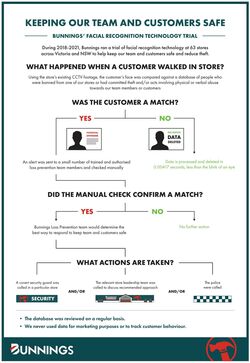













Products in this catalogue
Meet your match There's a wealth of cladding options to choose from: timber, fibre cement, brick, stone or metal. The best one for your home will depend on the look you're after, the maintenance you're willing to commit to, and the requirements of your site; for example, some materials are better than others if your home is at risk of bushfires - always consider the bushfire attack level (BAL) rating of the product. While cladding options are many and varied, two of the most common, particularly if you're looking to retrofit, are timber and fibre cement. LEFT AND ABOVE The extensive remodelling of this red-brick house is cleverly disguised by cladding the structure in James Hardie ‘Linea’ fibre cement weatherboards Timber From the elegance of a heritage bungalow to the rough-sawn rusticity of a rural cabin, timber cladding has character in spades. Smooth, painted weatherboards of the type used on Queenslanders and Californian bungalows give a home classic charm, but this old-school material is equally at home on a modern build, bringing texture and warmth to otherwise minimalist architecture. Explore the different profiles — narrow boards, diamond-shaped, board and batten, and so much more — and finishes, from rough to smooth and every texture in between. Unlike fibre cement, timber does == require a significant degree of maintenance. It must be treated with paint, stain or oil to protect the material from the elements, prevent rot and keep it looking its best. This will need to be reapplied regularly — about every 10 years for paint and two to four years for stain or oil, though this will depend on factors like sun exposure and the quality of coating used. However, some timber-based composite systems are more easy-care and boast strong eco credentials. Jason O'Hagan of Weathertex (which is made using 97 per cent hardwood from controlled sources and three per cent natural wax) says, “Our cladding has a better-than-zero carbon footprint.” Fibre cement There's no one ‘look’ associated i with fibre cement — this chameleon ABOVE Classic meets contemporary on this minimalist build with material comes in an enormous narrow horizontal ‘Linea’ weatherboards from James Hardie range of textures and profiles. » bunnings.com.au | (©) bunnings | (®) bunnings 33
| Name | Details |
|---|